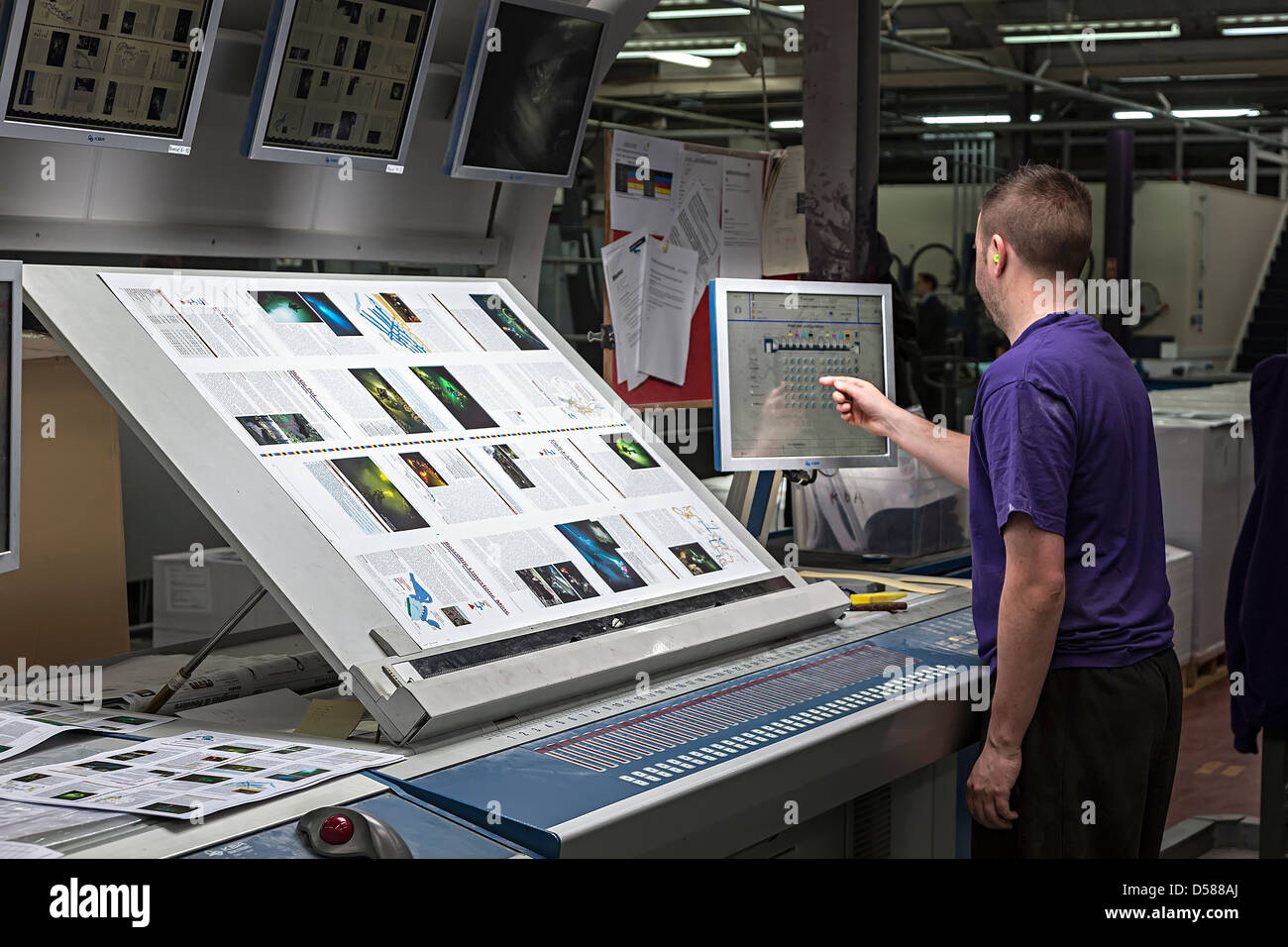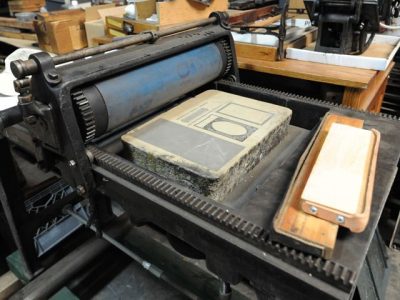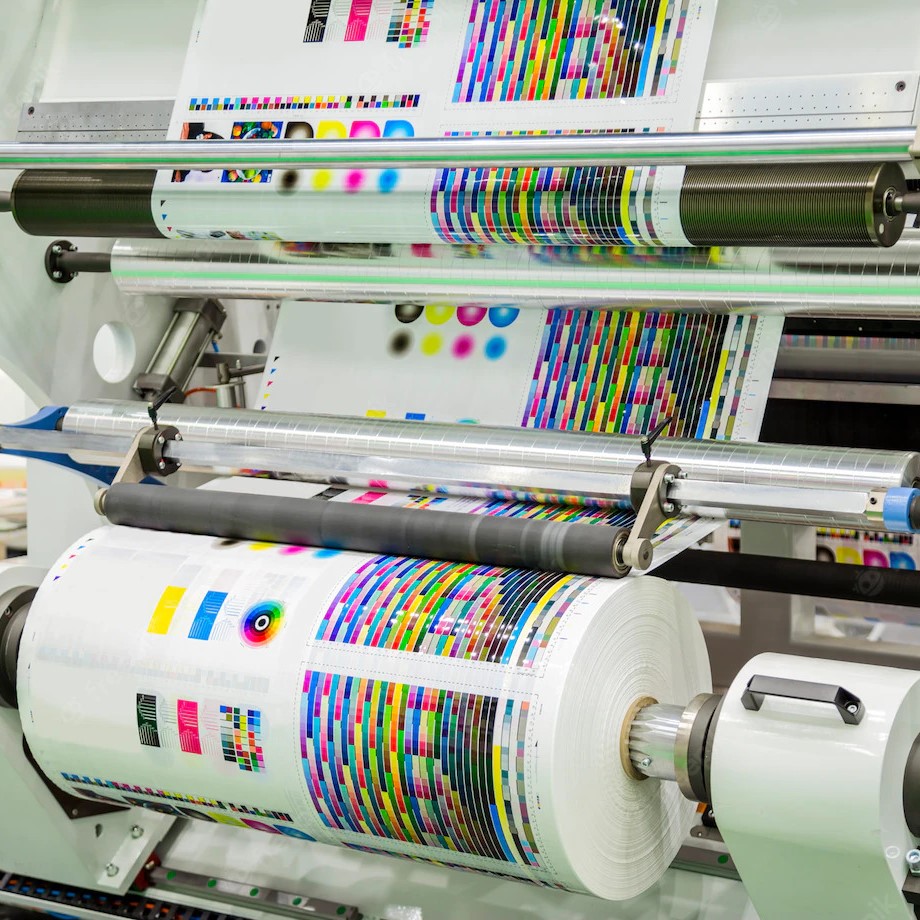A Comprehensive Guide to Comprehending Litho Printing Techniques
The world of litho printing, a method stemming from the late 18th century, is a remarkable blend of background, innovation, scientific research and art. Remain with us as we journey into the fascinating world of litho printing.
The Historic Development of Litho Printing
The historical trajectory of litho printing, an essential advancement in the world of interaction, is a captivating story of human ingenuity. Birthed in the late 18th century by Alois Senefelder, this technique was at first an economical technique of publishing theatrical works. Lithography, stemmed from the Greek words for 'rock' and 'to create', utilized a smooth stone surface to transfer images onto paper. The process evolved with the development of the rotating press, which substantially boosted performance (litho printing). In the 20th century, the advancement of countered lithography reinvented the sector, enabling mass manufacturing of top quality prints. Each stage of litho printing's development showcases humanity's relentless pursuit of efficiency and quality in visual interaction.
Translating the Scientific Research Behind Litho Printing Inks
Progressing in the expedition of litho printing methods, the focus currently moves to the scientific research behind litho printing inks. The structure of these inks, their drying procedure, and shade mixing methods form the foundation of this complex art kind. Recognizing these components is critical to mastering the craft and achieving the wanted print outcomes.
Structure of Litho Inks
In lithographic printing, the basic function of litho inks can not be overemphasized. Pigments, the color-providing elements, are finely ground fragments put on hold in the vehicle, a liquid that lugs the pigment onto the printing surface area. Each component plays an important component in the last print's top quality, making the precise formulation of litho inks an intricate science.
Ink Drying Process
From the structure of litho inks, interest turns to the remarkable procedure of ink drying out. Two main methods are utilized in litho printing: oxidative drying and absorption. Absorption, on the other hand, involves the ink seeping right into the paper fibers, which is a much faster process however can lead to less vibrant colors.
Color Mixing Techniques
While the drying procedure plays a vital role in litho printing, the science of shade blending techniques holds equivalent significance. This is an intricate process that involves the careful mixing of primaries: cyan, magenta, and yellow, in differing percentages to achieve a vast variety of tones. The addition of black ink, called 'crucial', assists in regulating the intensity and depth of the colors. The scientific research behind litho printing inks likewise considers the openness of the ink, which affects how shades overlay and mix. To attain an efficient shade mix, print experts have to additionally comprehend the intricacies of ink actions, shade theory, and the physical buildings of the substrate on which the ink is applied.
The Art and Style Aspects in Litho Printing
Litho printing breathes life into art and layout via its unique aspects. Litho printing suits a variety of colors, allowing musicians to produce vibrant and vivid prints. This combination of precision and adaptability makes litho printing a preferred choice for several artists and designers.
Modern Applications of Litho Printing Strategies
Litho printing techniques have actually found considerable use in review the contemporary commercial industry. Its impact and value remain to expand with the introduction of brand-new technologies and modern technologies in the field. This section will certainly check out these contemporary applications and the transformative role they play in the printing industry.
Business Litho Printing Uses
Litho printing continues to be a critical component of the commercial field. High-volume printing tasks, such as the manufacturing of publications, newspapers, and packaging, depend on litho printing for its ability to provide superior picture official site quality and expense effectiveness. Litho printing also offers a broad shade spectrum, remarkable to that of electronic printing.
Innovations in Litho Printing
Pushing the boundaries of conventional strategies, contemporary improvements have sustained a host of technologies in litho printing. These developments have not just improved the top quality and effectiveness of litho prints but likewise expanded its application extent. One popular development is digital litho printing, which incorporates the merits of electronic modern technology with litho's high-quality output. This crossbreed model uses faster arrangement times, decreased waste, and enables on-demand printing. One more remarkable innovation is the introduction of eco-friendly inks. These inks, made from vegetable or soy-based options, have actually substantially reduced the sector's environmental influence. litho printing. Furthermore, the growth of sophisticated plate innovation has structured the printing process, causing sharper images and improved shade integrity. These technologies highlight the long-lasting importance of litho printing in the modern globe.
Discovering the Refine of Litho Printing: Action by Step

Obstacles and Solutions in Contemporary Litho Printing

Regardless of the accuracy and custom that litho printing happily supports, it is not without its set of contemporary obstacles. One of the most prevalent issues include the high first configuration expense, trouble in printing variable information, and ecological worries due to chemical usage. However, solutions are emerging as innovation develops. Digital litho printing allows for affordable short runs and simple modification, attending to the problem of variable data. Environmentally-friendly inks and safer plate-making processes alleviate environmental issues. In addition, innovations in automation have actually reduced labor expenses, even more equalizing the lithography procedure. Therefore, while there are obstacles, the litho printing sector is proactively adjusting to satisfy them head-on, ensuring its relevance in the future.
Conclusion
Finally, litho printing, with its abundant history and scientific details, holds a substantial location in the print sector. As the overview discloses, it's a synthesis of art and innovation, with modern-day improvements guaranteeing its importance. The industry deals with challenges that call for cutting-edge solutions, with an emphasis on automation and sustainability. The future of litho printing rests on its ability to adapt to these changing demands, affirming its enduring worth in a developing market.
